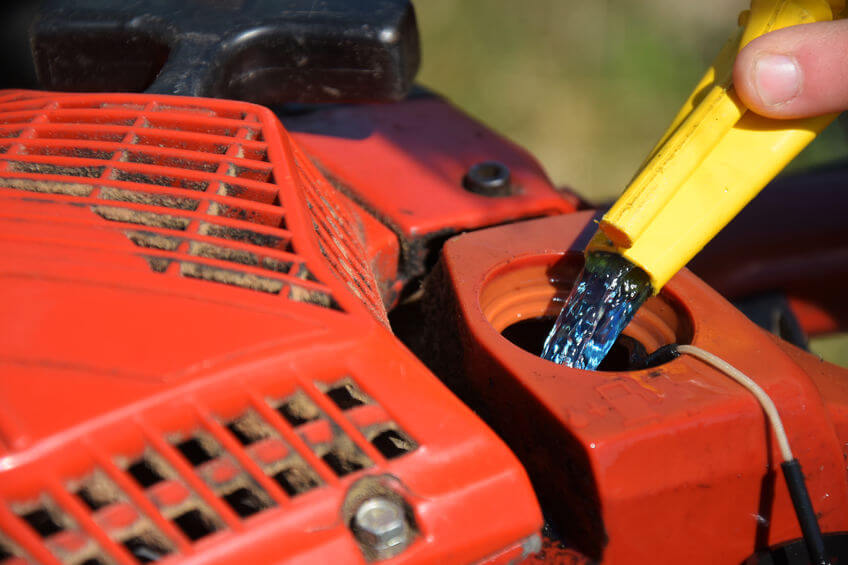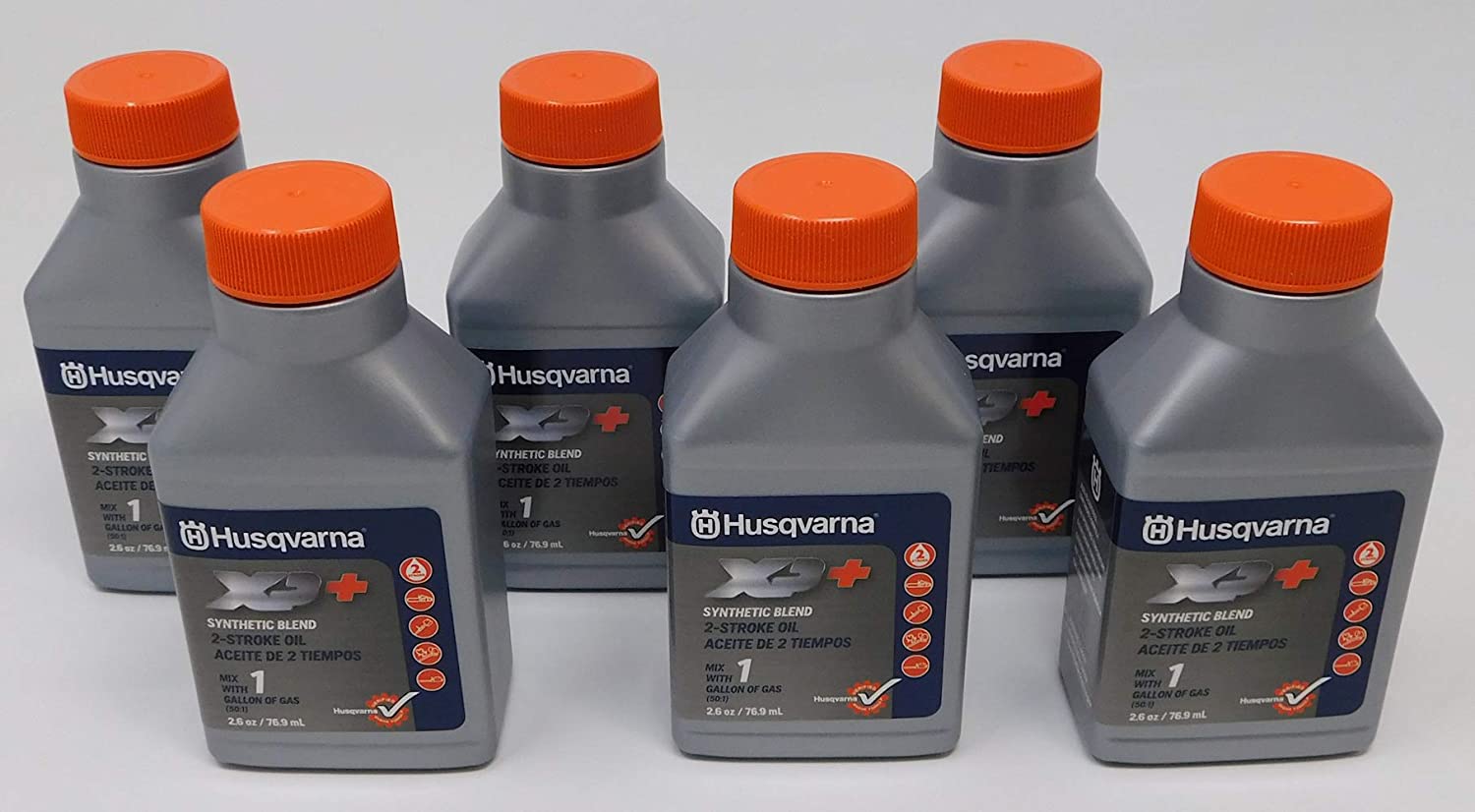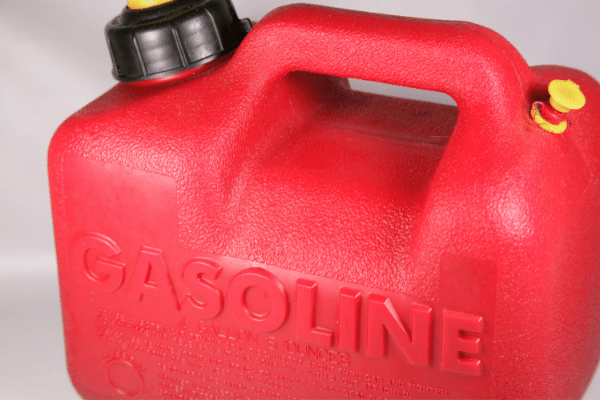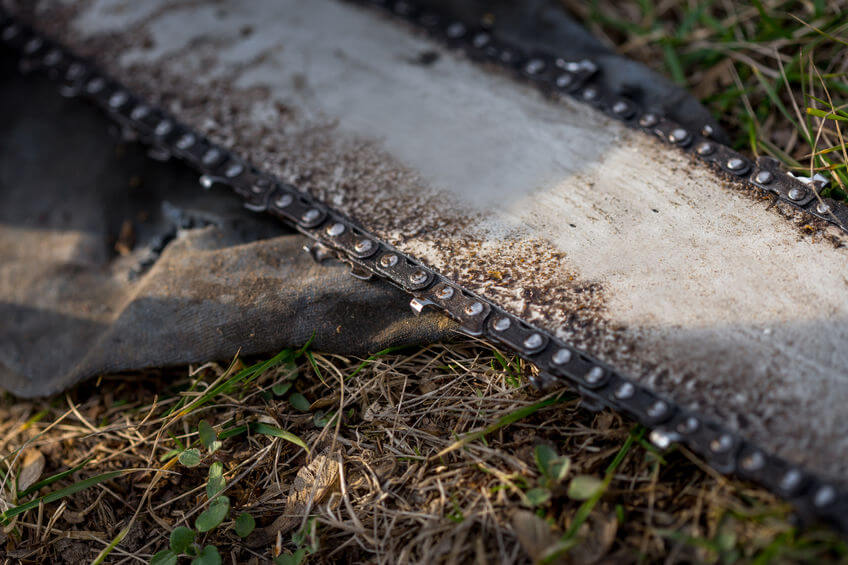- Home
- Chainsaw Maintenance
- Mix Chainsaw Gas
How To Mix Chainsaw Gas
This post may contain affiliate links so I earn a commission.
Mix chainsaw gas?
Is that really even necessary?
If that’s the question that you’re asking yourself, then let’s take a breath.
We’ll ask you this - would you put diesel fuel in your car’s engine?
Would you try to run a D-cell flashlight with 9 volt batteries?
Probably not.

Having the right type of fuel for your chainsaw is essential if you want your tool to run effectively.
Fail to mix chainsaw gas correctly (or at all), and your saw won’t run well or worse - need expensive repairs.
How Do You Mix Chainsaw Gas?
Ready to start mixing chainsaw gas?
Here’s how to do it.
Get The Right Type Of Gas And Oil
While you can technically use any kind of gas when mixing chainsaw gas, it’s a good idea to use high-quality gasoline that does not contain ethanol.
Whenever possible, use an octane rating of 89 as fuel that is lower octane can affect the engine’s temperature and damage its parts.
You also need to pick up the right oil.

2 cycle chainsaws need oil that is specifically listed as 2-cycle or 2-stroke.
You can’t substitute anything else - don’t use motor oil like you might in a car.
Other oils lack the specific lubricating properties that you need for chainsaw engines.
Find The Proper Container
To mix chainsaw gas, you will need to do so in a container that is meant for storing fuel.
Don’t improvise with a milk jug, glass container, or windshield washer fluid bottle.
These become brittle as they age and aren’t compatible with gasoline.
Make sure you are only using a can that is approved as safe for gasoline by Factory Mutual or Underwriters Laboratory.
Know Your Mix
Chances are, your chainsaw will take either a 40:1 or a 50:1 gas to oil mixture.
Check your chainsaw manual if you aren’t sure - we’ll address the ins and outs of the different mixtures below.
Prepare To Mix
Assemble everything you need to mix chainsaw gas.

Ideally, you should be working in a well-ventilated area (not outdoors).
In addition to your container and your chainsaw, you will need at least one gallon of gasoline and at least a three-ounce bottle of 2-cycle oil.
Add Gasoline And Oil
Start by pouring half of the gasoline into your container.
Then, add all of the oil you will need for your mixture - we’ll give you more information below on how to achieve those ratios.
Close the container and shake well for 15 seconds.
Fill With The Rest Of The Gasoline
Add the rest of the gas to the container.
Then, shake for another 15 seconds.
Load Your Saw
Now that your chainsaw gas is mixed, you can fill your chainsaw.
Remove the fuel tank cap and pour in the mixture until the tank is about 75% full.
Tighten the cap and clean up any mess you may have made.
What is a 50 to 1 Mixture vs 40 to 1 Mixture?
Most chainsaws require a 50 to 1 mixture of gasoline and oil to run effectively.
That said, some require a 40 to 1 mixture.
Anything else is more or less unheard of.
Here are the ratios at which you should mix chainsaw gas.

Again, make sure you check with the manufacturer of your chainsaw
to figure out what your specific make and model of saw requires.
40 to 1 Mixture Ratios
- 1 gallon of gasoline to 3.2 fl oz of oil
- 2 gallons of gasoline to 6.4 fl oz of oil
- 3 gallons of gasoline to 9.6 fl oz of oil
- 4 gallons of gasoline to 12.8 fl oz of oil
- 5 gallons of gasoline to 16 fl oz of oil
50 to 1 Mixture Ratios
- 1 gallon of gasoline to 2.6 fl oz of oil
- 2 gallons of gasoline to 5.12 fl oz of oil
- 3 gallons of gasoline to 7.69 fl oz of oil
- 4 gallons of gasoline to 10.24 fl oz of oil
- 5 gallons of gasoline to 12.9 fl oz of oil
Chances are, you probably aren’t mixing more than five gallons at a time, but you can do the math to figure out larger quantities to mix if necessary.
Make sure you figure out the proper ratio of oil and gasoline for your chainsaw!
A failure to mix the two properly can cause
damage to your chainsaw.
Can I Ever Skip Mixing Chainsaw Gas?
We get it - adding oil to gas is yet another chore that has to be completed when it comes to caring for and using your chainsaw.
However, it’s essential that you don’t skip this step, as your chainsaw needs the mix in order to run properly.
That said, there are some companies who sell premixed chainsaw fuel. Stihl MotoMix is one example.
Purchasing a product like this will provide you with high-performance fuel that requires zero mixing and zero worrying.
Can I Mix Chainsaw Gas In My Chainsaw Tank?
Avoid mixing chainsaw gas in your chainsaw tank.
Instead, only use an FM or UL approved container.
Similarly, you should never refuel, even if the mix has already been completed, while your chainsaw is still running.

Shut
the saw off and wait until it’s cooled down before you refuel.
Do not start your chainsaw if there is any fuel on you, your clothes, the surrounding area, or the chainsaw body.
How Long Does Mixed Chainsaw Gas Last?
When mixing chainsaw gas, try to always do it in the same container so you don’t get confused and accidentally use the mixed chainsaw gas to try and start your lawnmower!
It’s best to measure and mix the fuel completely before you fill your chainsaw and then use any remainder up within a few days.
If the mixture has to sit for a while, shake it well before filling your saw.
That way, any oil that has settled will be redistributed into the gas.
Ultimately, you should never store fuel for more than three months.
Long Term storage can cause gas to become stale.
It will break down and can clog up your carburetor with gummy varnish deposits during operation.
Now that you know how to mix chainsaw gas, the process should no longer be a chore - but rather, something you can whip up quickly and easily before working with your saw!

About the Author
Obsessed with firewood, Nick is behind over 350+ of Firewood For Life's articles, as well as countless reviews, guides and YouTube videos to help readers like you reduce heating costs and create the perfect fire.


